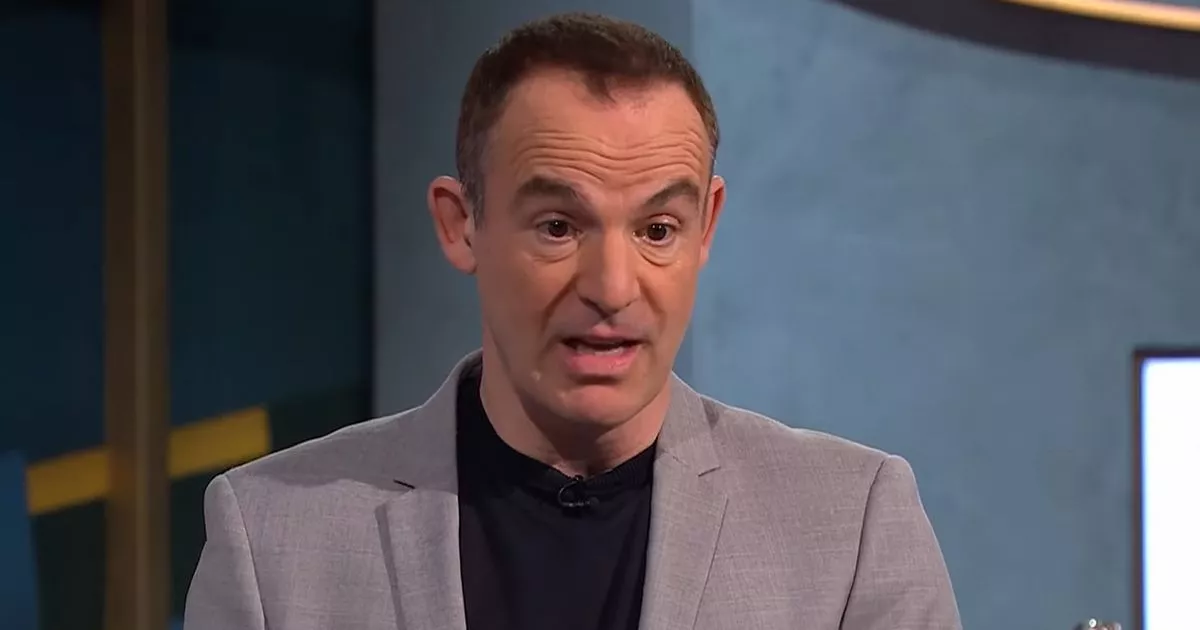When Lorraine Ben started working for global aerospace and defence giant Lockheed Martin, she wasn’t designing advanced weapon systems. She was working in the mail room, so to speak.
More specifically, Ben was a business development manager securing deals with the U.S. Postal Service.
While Lockheed Martin is well-known for its fighter jets and missile systems, the company has its fingers in many different pots. It produces combat computer systems and sensors for a wide variety of military vehicles (including naval vessels), as well as space technology. But it also builds complex equipment for the civilian market, including postal sorting facilities for the U.S. Postal Service, the U.K.’s Royal Mail, and Australia Post.
“It was really fascinating to me that you could have this defence company that had the ability to scale between military and commercial, and R&D,” Ben told the Star. After leaving Lockheed Martin for stints at Telus and IBM, she is back at the company as Lockheed Martin Canada’s chief executive.
In March, the Canadian government selected Lockheed Martin as its likely supplier of 88 commissioned F-35 fighter jets. Meanwhile, Lockheed Martin Canada is replacing two types of Royal Canadian Navy warship as part of the Canadian Surface Combatant project. Both of these projects have received a fair bit of political criticism for their cost, as well as a more philosophical question — should Canada be investing in these sorts of weapon systems in the first place?
Ben spoke to the Star about the F-35 and Canadian Surface Combatant projects, why Lockheed Martin Canada didn’t need pandemic subsidies, and what she brings to the table as the company’s first CEO without a military background:
If someone at a party asks you what you work for — how do you explain what Lockheed Martin Canada does?
It’s a great question — I get asked that all the time by my family. What I typically tell people is that Lockheed Martin Canada has a long heritage in Canada. It predominantly started with a focus on the Navy. But we’ve grown considerably over the past 80-plus years, I would say, from a defence company focused predominantly on naval operations to a trusted partner in Canada for all defence and security needs.
I represent all of our business across Canada, from our space systems business, to our rotary mission systems business, to our aeronautics business. I really just try to explain it as a company of engineers focused on supporting and building products and capability for the Department of National Defence.
What happens when you meet people who take issue with the fact Lockheed Martin Canada is an arms company? How do you have that conversation?
It’s a tricky conversation. There are people out there who truly don’t believe we should be doing anything in defence. I always try to just explain to people that Lockheed Martin Canada does more than just develop arms. We actually support governments across the globe in their defence and security needs. Any company that does that is always going to be looked at in a certain way.
At the end of the day, war is war, but certainly our perspective is really about defending the sovereignty of our nations and getting our men and women home safely for whatever they’re being deployed to do. I can’t say that I’m responsible for developing policies around when we go to war or not. That’s not our role. Our role is to support governments and what they’re trying to do to make their citizens secure in the world.
The U.S. Government Accountability Office recently raised concerns about ongoing delays with software for the F-35. Should the Canadian government be confident that it will be delivered?
The Canadian government has had a seat at the table since the beginning of the partnership and they’re very engaged on any challenges or opportunities that exist for improving the fighter jet. Their voice is at the table, they are heard, and I think they can be assured that everybody in this partnership is working towards the same goal, which is the success of an aircraft that is flown globally right now by many countries.
Overall, the F-35 is the most capable, survivable jet in the world. I don’t think Canada has a lot to be concerned about there.
Lockheed Martin does a lot of research and development, particularly around quantum computing and artificial intelligence. What’s the business case?
For every dollar spent in defence, there’s a dollar that’s offset towards R&D, economic growth, and Canada’s key industrial capabilities — cybernetics, space, STEM skills. For us, we look at what the Canadian government is looking for in terms of their policy and where we can advance Canadian industry, and also support academic research. Beyond that, of course, all of our platforms need to have advanced intelligence and capabilities.
We see the supply chain as a key area that we could help in — advanced manufacturing — or digital twin as areas where we can bring defence and security into the 21st century. For us, it’s really about leveraging the platforms that we have and advancing our capability to make sure that we’re not only keeping up with the existing technology, but pushing past it.
How do we do that with Canadian companies that are interested? DarwinAI is a company we invest in as part of our economic benefits and offsets, and they’re doing tremendously well right now.
Lockheed Martin Canada is partnering with Irving Shipbuilding on the Canadian Surface Combatant project. The project was supposed to cost $14 billion, but the Parliamentary Budget Office now says it’ll be in the $77 billion range. How did the cost get so large?
I can’t speak for the Government of Canada, obviously, but I can tell you there’s no better partner than Irving and Lockheed and all of our partners that have come together to design a ship that’s going to meet all of Canada’s needs for the Navy, as well as our obligations and defending our sovereign rights. That combat management system is very complex, as you can imagine, and the ship is very complex.
You can’t just birth out a ship in 10 months. It’s very complex in terms of the systems and the design, and we want to get it right. I think the government was always aware that this was going to take time and money. I can’t speak for them in terms of the estimates, but I feel confident that we are going to hit the obligations and the financial and schedule outlays that we have today. The shipbuilding program is on track and we’re confident that we’ll get to cutting steel in the shipyard very soon.
Did you folks get government subsidies during the pandemic to help you stay in operation?
No, actually. We didn’t need to. We were one of the really fortunate companies because of our government contracts. But what I can tell you is that we were able to support our supply chain here in Canada financially. We provided some financial relief and then we worked with them on milestones that might not have been achieved due to COVID. We worked with them to ensure there was no financial loss or penalty for some of those things.
A lot of military veterans join Lockheed. Should the company’s next president be a military veteran?
My predecessor was a three-star general. We have retired military in these roles across the globe. Believe it or not, I’m the first female chief executive in the company, and I’m the first non-military one. I think that anyone can do this role if they’re passionate and willing to learn and they trust the people around them. We have some incredible retired military people that support me on a day-to-day basis.
You just have to know what your strengths are and know when to turn to others for support. Whoever is the next me will have their own unique capabilities to bring to the table. I don’t think it has to be somebody in uniform.
What do you bring to the table that maybe someone who does have military experience may not?
That’s a tough one. Growing up in a corporate world is very different from growing up in the military. I could not walk into the job of someone in uniform and try to be the next commander of the Air Force, no more than I think they could be the next president of Lockheed. I think we need to bring more people in from the military when they’re ready so that they can get the corporate experience combined with their military experience.
What I bring that is unique is my corporate longevity. I do understand the business acumen and how the corporation works, and how we tie that together with our mission and vision for supporting the defence sector.
I think it’s really hard to take off the uniform and walk into this role; the same as it would be for me to leave and put on a uniform.
Canada has a commitment to deny export applications if there is a risk of human rights violations. How do you ensure you’re not supplying human rights abusers with military equipment?
We have a rigorous process. We work closely with the government in the United States, and we follow the rules of the United States and Canada as it relates to any kind of human rights restrictions and capabilities, our training process, and our ethics process. We are constantly involved in ensuring that we understand government policies around the world.
The last federal budget contained a very incremental increase in defence spending. Given the current war in Ukraine, and other conflicts around the world, do you think Canada will step up and commit more to defence spending over the next couple of years?
I’m encouraged by our increase in defence spending. I think we’re on the right track. We’re not at the two per cent of GDP that everybody wants us to be at, but I think this government has done a tremendous amount in advancing spending. I think we also have to recognize that it’s one thing to release the funding, it’s another to spend it. There’s more than just releasing a bucket of money. There’s a process.
Defence procurement is very complicated. I know the government is looking for ways to continue to improve that process so they can spend, but I think we have to be less worried about what they’re spending, and more worried about helping them spend what they have effectively and efficiently. And I think that’s where industry can be a great partner.
This interview has been edited for length and clarity.
JOIN THE CONVERSATION


